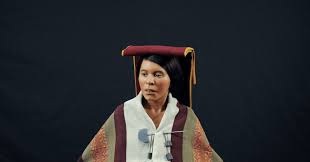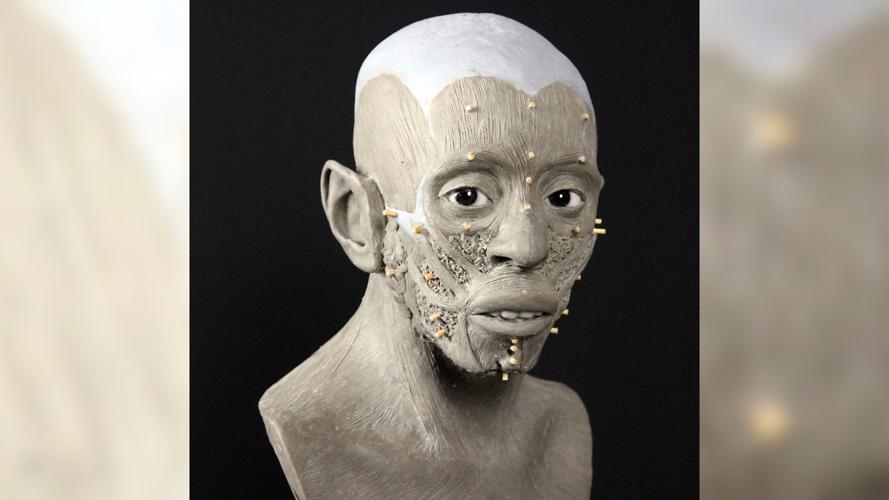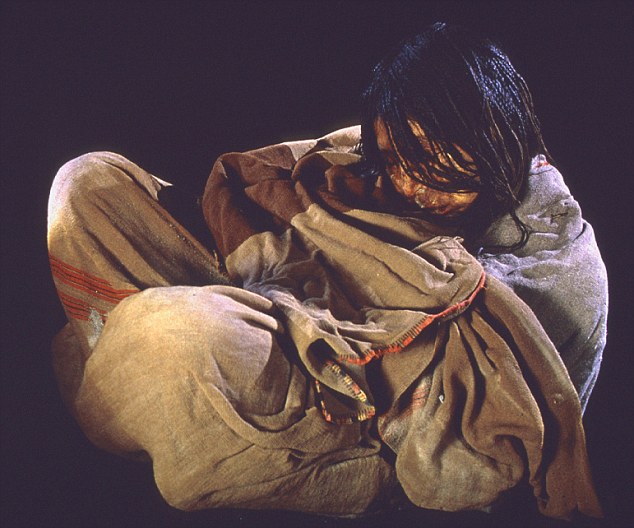Five hundred years ago, high in the Andes Mountains, a young girl was sacrificed and laid to rest near the summit of Ampato, a dormant volcano. Recognized as the ‘Inca Ice Maiden,’ this young woman’s body underwent a remarkable natural preservation process, ensuring the survival of her hair, fingernails, and the vivid garments she wore in her last moments. Discovered in 1995, her frozen remains have intrigued scientists and historians alike, leading to a recent breakthrough in understanding her identity.

Unveiling Juanita’s Face: A 3D Reconstruction
Thanks to the collaborative efforts of Swedish artist Oscar Nilsson and a dedicated team of researchers, including those from the Center for Andean Studies at the University of Warsaw and the Catholic University of Santa María, Juanita’s face has been reconstructed in stunning detail. The mummy was unveiled during a ceremony at the Andean Sanctuaries Museum of the Catholic University of Santa Maria in Arequipa on Tuesday. This breakthrough, unveiled as part of the “Capacocha, following the Inca Divinities” exhibition at the Andean Sanctuaries Museum in Peru, sheds new light on her life and culture.

Nilsson outlines a meticulous two-step process for facial reconstruction. Initially, he immerses himself in the subject’s world, gathering extensive data and utilizing tools such as CT scans and DNA analysis to inform informed guesses about facial features, even in cases where the face is not preserved.
Subsequently, he physically crafts the features, utilizing a 3-D printed replica of the Ice Maiden’s skull and sculpting handmade muscles from plasticine clay. The intricate process involves adding eyes, nose, and delicate facial tissues one at a time. Finally, a silicone mold is created, and hundreds of individual hairs and pores are meticulously added over a period of ten weeks to achieve a lifelike representation.
The Inca Ritual of Capacocha: A Sacred Tradition
The Inca Empire, spanning thousands of miles across modern-day Peru and Chile, held sacred rituals known as capacocha, involving human sacrifices to appease deities and protect the community. Chosen for their purity and beauty, children and young women like Juanita were revered as mediators between humans and gods.

The offerings were to be well-fed, and those too young to eat would have their mothers present to breastfeed, ensuring their health and satisfaction as they prepared for their sacred journey. Arranged in pairs of male and female, adorned in royal attire, they were solemnly led around four towering statues symbolizing the Creator, the Sun God, the Moon God, and the Thunder God. Following this grand procession, the Sapa Inca directed the priests to distribute the children, along with other offerings, to the four suyu regions, instructing them to perform the rituals at their respective wak’akuna sites.
Juanita’s Destiny
According to anthropological findings, Juanita met her fate through sacrificial rituals between 1440 and 1450 AD, at the age of 13 to 15 years old. With a height of 1.40 meters (55 inches) and a weight of 35 kilograms (77 pounds), she displayed signs of good nourishment. Researchers from Johns Hopkins University, utilizing CT scans, determined that her demise likely resulted from a severe blow to the right occipital lobe. Juanita was found in a tranquil pose, hands resting on her lap and head gently inclined forward. It’s speculated that she had consumed only alcohol and drugs in the days leading up to her final moments. Subsequently, she may have been made to kneel before suffering the fatal blunt force trauma to her head.

